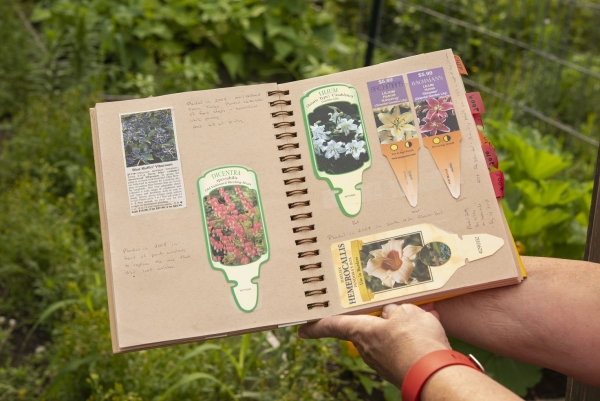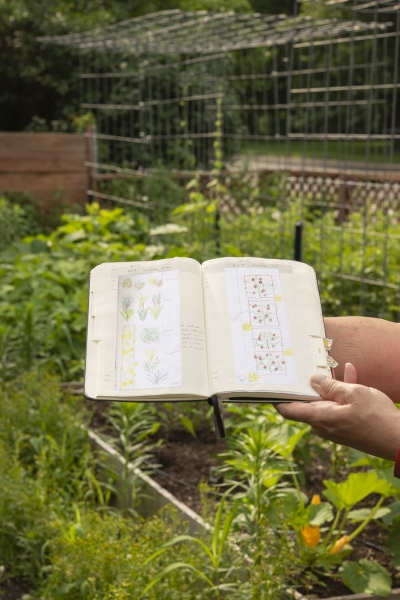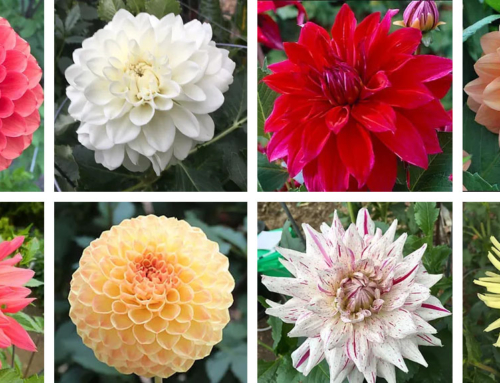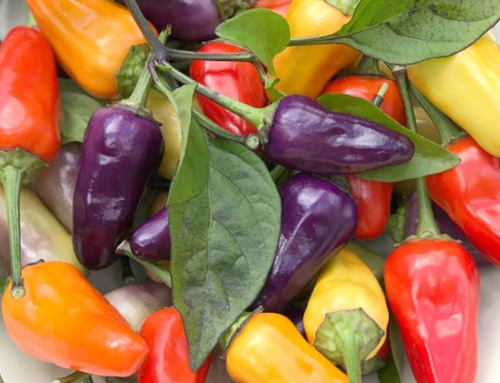In the early spring I walk my tiny lot almost daily to see what is coming up out of the ground. I scrutinize the shrubs and look for buds. I try to remember when the forsythia bloomed last year, wonder why my hydrangea are barely budding, and stare at the rhubarb barely breaking ground. Why is it so slow this year? Then I go to my stash of garden journals, the ones I started keeping in 2006, the first summer after I bought my house.
In those pages filled with plant tags, photos, drawings, and almost illegible writing is my answer. I have dates, the temperatures on those dates, notes about the weather, and which plant came up when. It helps to look back at a similar year and say “oh yeah, this plant was late that year too.”
I also have notes about which plants did well and which kicked the bucket. I have notes and drawings of my vegetable garden and what was planted where. I record bug invasions and funny looking plant diseases. And I make lists, things I need to get done now, things I want to get done this summer, and things I dream of doing when I can afford it.
A garden journal can be a tool as useful as your favorite trowel. While garden journals are sometimes stunning in their beauty and stuffed full of information, they don’t have to be in order to be useful. Cryptic jottings in a dime store notebook might be all you want or need.
Picking out a journal and getting started can sometimes be the hardest part. If you’re a person who likes to have “just the right thing” go on-line and sift through the garden journal offerings. Some of them break the journal down into separate sections for designing your garden, a spot for plant lists, and a section for the journaling. I personally think a lot of those types of journals are designed by people who don’t actually garden and also include things such as a 20 page section to record all the garden tools and pots you own and barely provide any room to write. I lean toward a blank journal with unlined paper.
Once you have your journal picked out, start with the basics; the date, the temperature, is it dry or humid, windy or still. Then start filling in what’s going on in your garden that day or week. What’s coming up, what’s blooming, what looks like it’s dying and what you are doing about it. You can go into as much detail as you want. You can record when you last fertilized your plants, or when you cut something back. It will be helpful in the next couple of months or even next year to have that information. Make a note of the perennials you plant and where you put them, which might sound silly except some are pretty slow coming up in the spring and if you are like me, you may be looking at a flower bed asking yourself “now where exactly did I plant those balloon flowers?”
I keep my journals in chronological order but beyond that I don’t worry too much about organization. Sometimes plant labels and lists go in the front and sometimes in the back. The drawings and photos are usually interspersed throughout the journal. I like my garden journals to have a pocket, someplace where I can stash things like receipts for plants that can be replaced if they die in the next 12 months. If it doesn’t have a pocket I make one, or I buy a plastic pouch I can put in the back. Once you get journaling you can decide what works for you.
So go ahead, give garden journaling a try, you won’t be sorry. And next winter, when everything outside your window is as white and frozen as the cauliflower you forgot about in the freezer, take out your garden journal and remind yourself that summer is just around the corner.
By Nancy Engberg, Hennepin County Master Gardener






